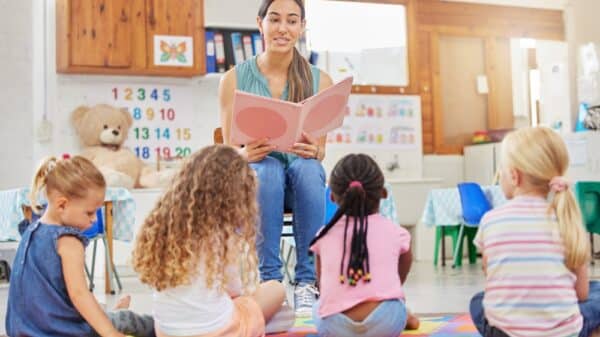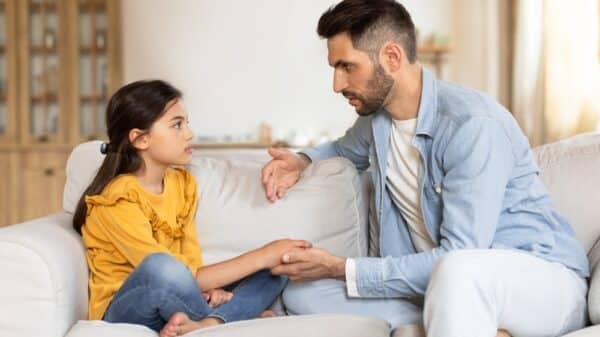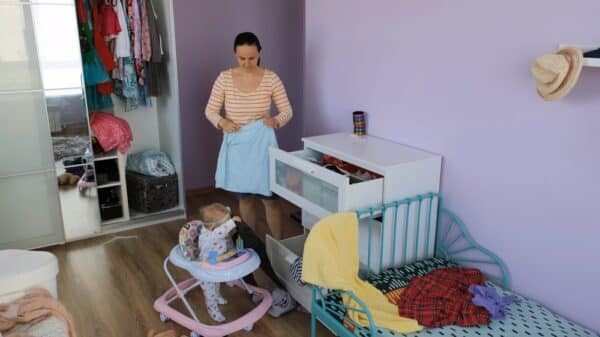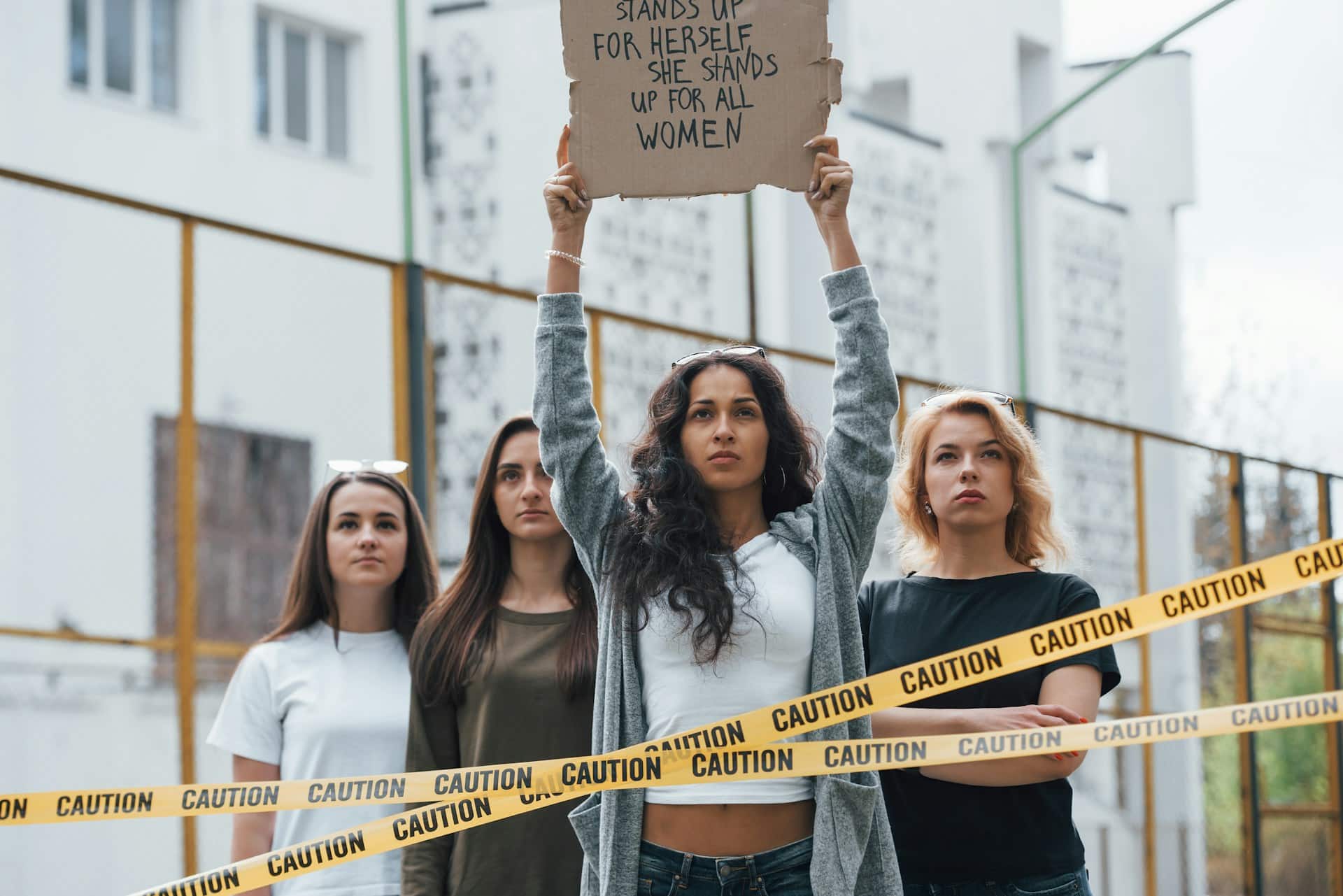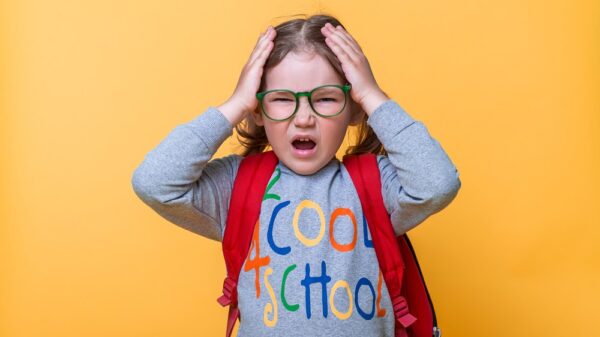Every Saturday, my town transforms into a vibrant space of voices and signs. As I walk by, I often see dozens of protesters gathered on the main street, passionately expressing their beliefs. It’s a sight that’s almost impossible to ignore, and it’s likely that many local families feel the same mix of curiosity and concern as my own.
My children, being a bit older now, are already aware of the world around them, absorbing news through conversations and the occasional TikTok. But I know all kids aren’t plugged into the same sources of information. For younger children, the concept of a protest might feel abstract or confusing. So, how do you break it down to a level they can grasp without overwhelming them? Parenting coach Gabriel, known on TikTok as @the_indomitable_blackman, recently shared some tips that can help us engage in this crucial conversation.
First, it’s essential to meet kids where they are. Instead of diving into explanations or giving your take, start by asking them what they’ve heard. Have they seen the signs? What do they think is happening? You might be surprised at how much they do know—or how far off their assumptions may be. Gabriel wisely points out, “Don’t start with your agenda: start with their questions.” This opens the door to a dialogue rather than a lecture, making children feel valued and heard.
Next, it’s time to clarify the nature of protests. You don’t need to delve into a deep historical context or complex terminology. A simple definition will often suffice. According to Gabriel, you could say, “A protest is when people come together to speak up about something that isn’t fair.” Children are highly attuned to emotional undercurrents, so it’s helpful to label feelings connected to the issue. They might not understand the complexities of politics, but they can certainly relate to feelings of fear, sadness, anger, or worry that arise during protests.
Encouraging kids to express their feelings can be a pivotal part of the conversation. They might not openly share their fears unless prompted. If they’re scared or confused, your role shifts from sage to comforter. Reassure them that their feelings are valid and that you are always there to keep them safe. This creates a nurturing environment where they feel free to explore their thoughts and emotions.
When discussing issues like racism or inequality, strike a balance between honesty and sensitivity. You can explain these injustices without resorting to graphic details. Consider expressing it as “people being treated unfairly because of who they are,” which grounds them in empathy while avoiding overwhelming them with harsh realities. Gabriel suggests using kid-friendly resources like books or educational videos to help illustrate these themes in a way that your child can digest.
Finally, remember that this isn’t a one-off conversation. Gabriel reminds us, “This isn’t a lecture: it’s a conversation.” Life lessons like these are best approached as ongoing discussions. By keeping the lines of communication open, you might find that your kids are not only ingesting information but also reflecting it back to you, helping you both grow together in understanding.
In a world that can sometimes feel chaotic, taking the time to navigate these difficult topics with your children can cultivate a sense of empathy and awareness that lasts a lifetime. Through honest dialogue and emotional support, we can empower the next generation to engage with the world on their terms—understanding both its beauty and its challenges. So, lean in, listen closely, and let these conversations unfold naturally; you might just learn something new along the way.
Image Source: Unsplash







